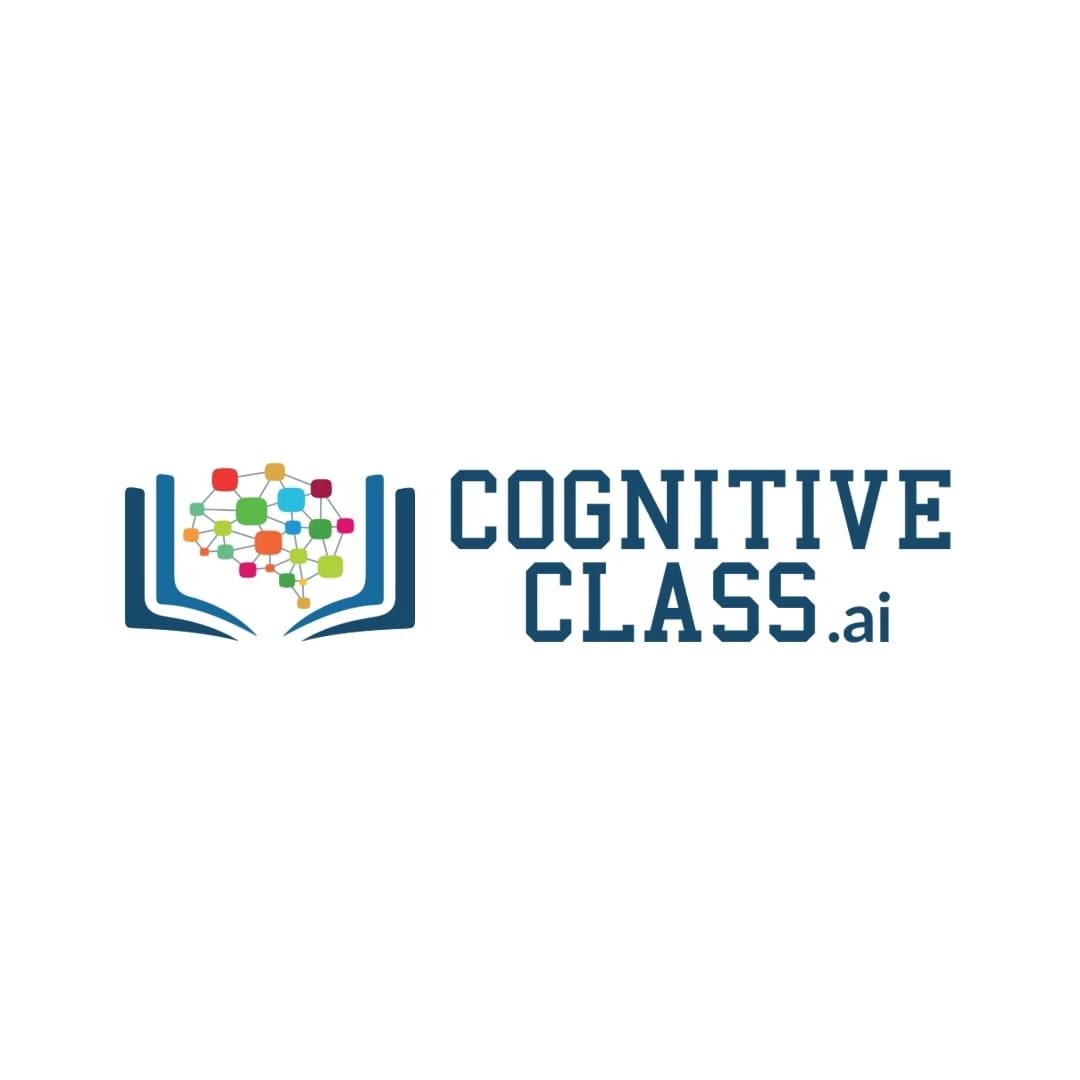Automate Content Recommendation with Transformer Embeddings
Learn how to use transformer-based embeddings to automate content recommendations. Explore how deep learning models like BERT or GPT can be leveraged to enhance recommendation systems by understanding content and user preferences.
At a Glance
Automate content segmentation with transformer-based word embeddings, dimensionality reduction, and clustering methods like BERT, PCA, K-means, and Agglomerative clustering. This project is designed to help data experts efficiently organize and analyze large volumes of text data, revealing key themes and trends. Explore the potential of segmentation models in developing content recommender systems, enhancing personalization and diversity in educational contexts. Boost your text analysis skills in just 1 hour, making content management a breeze.
In this project, you will:
- Automate content segmentation using word embeddings and clustering techniques.
- Aim: Categorize text into meaningful segments without manual intervention.
- Methodology:
- Utilize contextual word embeddings, such as BERT, to transform words into vectors in a continuous vector space.
- Capture semantic relationships between words for understanding context and meaning.
- Apply dimensionality reduction and a clustering algorithm (e.g., K-means or Agglomerative clustering) to group word vectors into clusters.
- Each cluster will represent a distinct segment of content, signifying a topic or theme.
- Benefits:
- Provides an automated approach to content segmentation.
- Offers a scalable solution for organizing large volumes of text data.
- Content recommendation systems in educational contexts.
- Handles a massive amount of content
- Provides customized content recommendations
- Challenges addressed:
- Collaborative filtering may favor popular courses, limiting diversity.
- Content-based filtering struggles with diverse learning styles and interests, making personalized recommendations difficult.
- Our approach:
- Enhance diversity and personalization of content recommendations.
- Address challenges by leveraging word embeddings and clustering.
- Benefits for students:
- Tailors educational materials to individual learning needs
- Helps engage with the most relevant resources
- Enhances the overall learning experience
- Leads to improved educational outcomes
- Creates more efficient learning pathways
- For organizations managing vast amounts of unstructured text data:
- Customer feedback
- News articles
- Social media posts
- By automating content segmentation:
- Gain insights into prevalent themes
- Detect emerging trends
- Streamline content management processes
- Advantages:
- Reduces time and effort required for manual content analysis
- Enables quicker decision-making
- Allows more efficient resource allocation
- Improves business strategies by:
- Identifying patterns and topics within text data
- Enhancing targeted marketing strategies
- Increasing customer satisfaction by addressing common issues
- Revealing underlying sentiments and opinions
Who should take this guided project
What you’ll learn
- Implement advanced word embeddings to represent text data effectively.
- Apply clustering techniques such as K-means and Agglomerative clustering to identify patterns and group similar content.
- Utilize PCA for reducing vector dimensions, making data more manageable and insights more accessible.
- Analyze and interpret text datasets to uncover underlying themes and trends.
What you’ll need
- A basic understanding of Python programming.
- Access to a modern web browser like Chrome, Edge, Firefox, Internet Explorer, or Safari for optimal performance.
- Note that the IBM Skills Network Labs environment includes pre-installed tools like Docker to simplify your setup process.





There are no reviews yet.